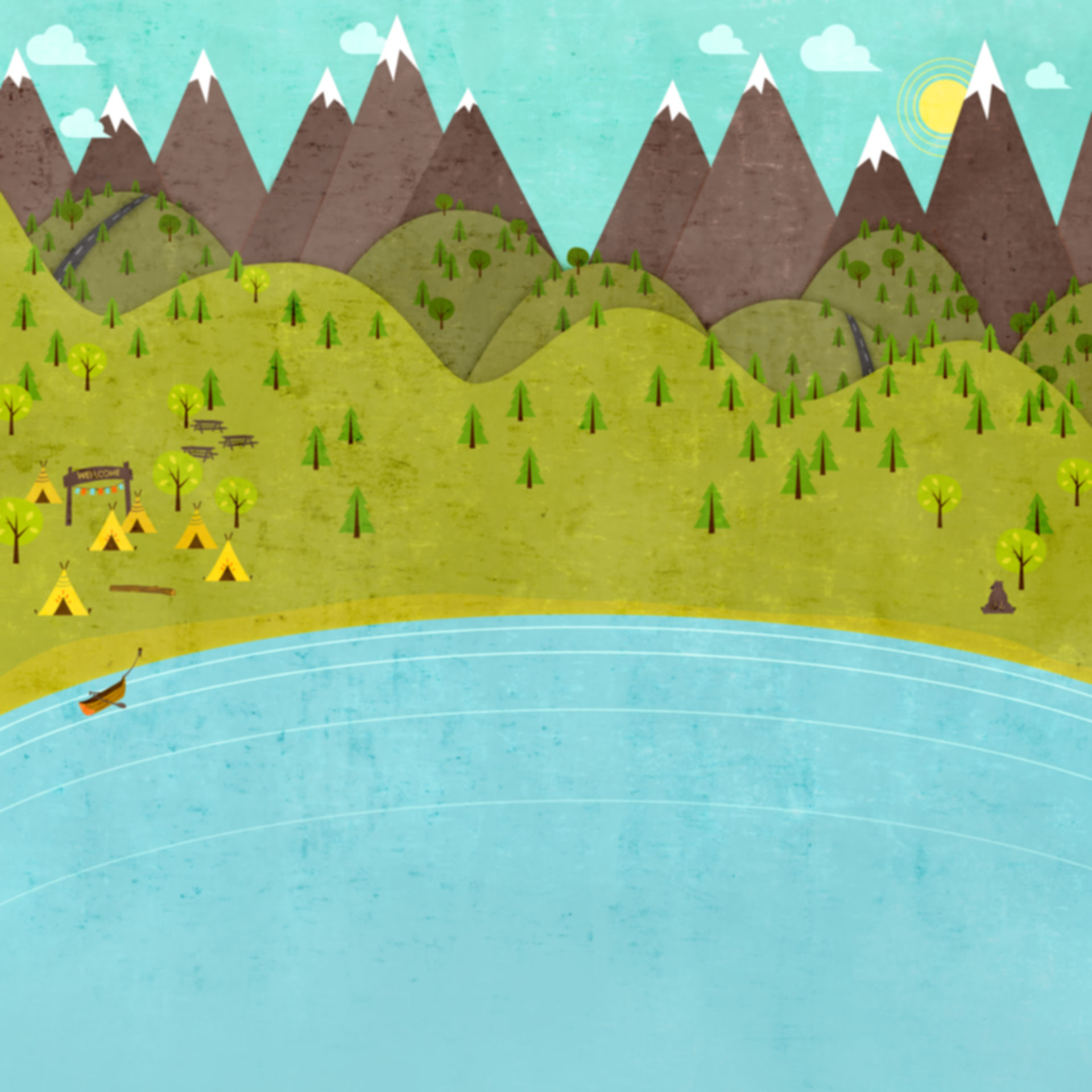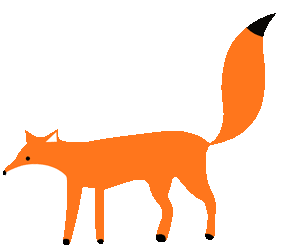

Crooked Wings still learn to fly

What is vertebral body tethering?
Vertebral body tethering (VBT), is a “motion sparing”, minimally invasive surgical technique in which pedicle screws are placed into the front of the vertebral bodies and attached to a flexible cable at the bend of the curve. The cable is tightened, which allows some immediate correction of the curve as well as continuing improvement as the spine grows.
Here is an article discussing the Rod vs Rope.

How does VBT work?
VBT uses "growth modulation" – restraining one side of the spine to allow growth on the other side – to reverse the abnormal scoliosis growth pattern in the anterior thoracic (upper) spine in a less invasive surgery. Titanium pedicle screws are placed on the convexity (outside) of the vertebrae that are causing the scoliosis; a white polyethylene-terephthalate flexible cord usually used for fusion is attached to each of the bone screws in the vertebral bodies of the spine. When the cord is tightened, it compresses the adjacent screws to help straighten the spine. The affected curve(s) show an immediate improvement right after surgery, and continued improvement over time as the spine grows.

Who are good candidates for this procedure?
For VBT patients who are 10 years old or older with a spinal curvature(s) 35-70° with a Risser sign of 0-3. The risser sign is a commonly measured growth plate on the hip that rates the skeletal maturity of the patient on a scale from 0-5. It is commonly found on the radiology report from your child's doctor or you can submit a picture of the most recent x-rays for risser sign determination. While these are the current ideal indications – some selected patients with larger curves and / or selected patients who are older maybe candidates for VBT.
We've just had news (March 2017) that a curve of 110 degrees has been success in New York with Dr's ABC :-).
2018 - Update. VBT is now being performed on fully grown / mature patients by four different surgeons across the world with amazing success.

Why was VBT developed?
Many patients dislike or cannot tolerate wearing a brace for as often and as long as required in order to keep a curve from getting larger. Vertebral body stapling is another minimally invasive procedure in which staples are placed in the spine to correct the curve. However, VBS has been shown to work well only for thoracic curves less than 35°. A different procedure was needed that worked on larger curves

What happens if VBT does not work?
There have not been many failures yet, but what is failure. Options are still available. The beauty of this procedure is that if tethering does not arrest the curve, the patient can still undergo a spinal fusion. The hope is, at this stage, the spine has grown enough that the patient will not have a short trunk which typically happens when a fusion is done at a younger age.
There is heaps of discussion (March 2017) on boards around the world on failure. VBT is still in it's infancy, and failure isnt really a word to be used as each person and each family are so very different. We know of tethers that have broken, and a second operation has been offered to replace the tether, and we know of overcorrection in some instances which have come right over time.

Questions to ask before surgery?
Please see here for a list of example questions to perhaps ask your surgeon.

Any other checks before surgery?
This is a Mum's point of view. Please, please get a full heart check before embarking on VBT or any other surgery. There is a large percentage of scoliosis patients with other underlying health issues; such as heart malformations etc.

Should the patient have an MRI before VBT?
An MRI is normal practice, and should be done to assess any other underlying issues that the patient may have i.e. Chiari Malformation. Some surgeons do not stipulate this necessity and it is at the discretion of the caregiver in some cases. However, most families will definitely suggest that an MRI is performed.

Can the procedure be done on patients who have stopped growing?
2018 - Yes, VBT (now being called ASC across the world) is now being performed on mature patients with zero growth left.

What are the specific indications for this procedure?
The primary indication for conservative surgeons is a thoracic curve between 35° and 70° that has some side-to-side flexibility. The child must still be growing, because part of the correction relies on the cable straightening the spine as the child continues to grow.
2018 Update. Any curves can now be treated with VBT (or ASC as it is now being called). However, some conservative surgeons will only work on curves up to 70 degrees (this includes Shriners in the US). Every surgeon is different, every case is different, if one surgeon declines then another will be happy to work on the case.

Why is 'rib work' required in surgery?
Rib work is 'generally' for cosmetic reasons.
The rib work they do does not derotate the spine just smooths the ribs. In relation to any 'lung issues' it may not be from the spine pushing but rather from the diagphragm not functioning correctly. However, in some cases the 'rib hump' decreases through surgery without any specific rib work being done.

What does the future hold?
The goal over the next 10 years is to develop improved tethers with more elasticity to accommodate individual patient’s bone growth. We hope to have further insight as to how the spine grows in order to avoid overcorrection of the curve, which can sometimes happen. Improved technology will enable us to apply the procedure to more patients with a wider range of indications.

